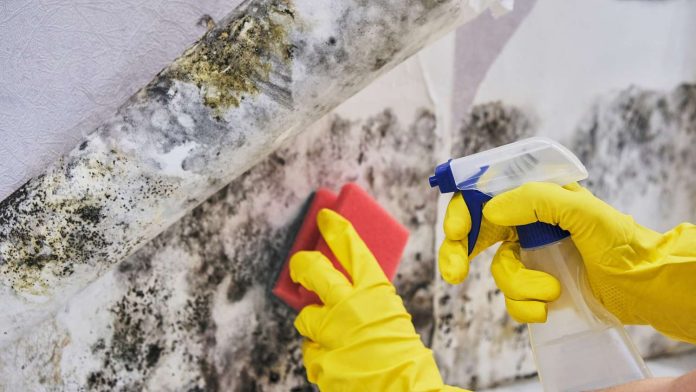The existence of mold in a workplace is a pressing concern for both employers and employees, affecting both people’s health and the organization’s well-being. Mold can thrive in various conditions, often proliferating in damp and stuffy spaces. Understanding the impact of mold on human health, recognizing the signs, and seeking assistance from experts ready to help are critical steps to ensuring a healthy and safe workplace.
The Health Risks of Mold
Mold is more than just a nuisance. It poses significant health risks, particularly to individuals with respiratory issues, allergies, or a weakened immune system. Even healthy individuals can experience adverse effects from mold exposure. These can include allergic reactions, such as sneezing, a skin rash, a runny nose, and more serious issues like respiratory distress.
Mold produces irritants and allergens, potentially harmful substances that can lead to inflammation and irritation in the lungs and other areas of the body. Long-term exposure to these substances can lead to chronic health conditions, affecting employees’ quality of life and productivity in the workplace.
Identifying Mold in the Workplace
Identifying mold is only sometimes straightforward. Mold can manifest as a visible growth, often black, green, or white, appearing on walls, ceilings, or other damp areas. It can also emit a musty odor. However, in some cases, mold may grow behind the scenes, in hidden areas like walls or under carpeting.
It’s important to be proactive when it comes to mold detection. Regularly inspecting potential growth areas, responding promptly to any signs of water damage, and paying heed to employees’ health concerns can help in the early detection and mitigation of mold issues.
The Importance of Professional Mold Remediation
Mold remediation is a complex process that goes beyond cleaning the visible mold. It includes addressing the root causes of mold growth and preventing future issues. Professional mold remediation can save businesses from substantial future health issues and building repair costs.
In addition to removing mold, professional mold remediation services will help restore a healthy work environment, allowing employees to focus on their work rather than health concerns. Investing in professional mold remediation demonstrates a commitment to employee health and safety.
Creating a Mold-Free Workplace
Creating a mold-free workplace is vital for the health and well-being of employees. It involves preventive measures like proper ventilation, moisture control, and regular inspection. However, if mold is detected, taking swift action and engaging professionals is essential.
Maintaining a mold-free workplace is not just about physical health; it also contributes to a positive work atmosphere. Employees feel valued when their well-being is prioritized, leading to increased productivity and job satisfaction.
When to Call in the Experts
Addressing mold infestations is not a do-it-yourself task. Professional help is needed to ensure that the mold is completely eradicated and future growth is prevented. Experts ready to help have the knowledge and tools to tackle the mold problem effectively, taking into account the unique needs of each workplace.
These experts will conduct a thorough inspection, identify the source of the mold, and develop a comprehensive plan to remove the mold and prevent future growth. They’ll also advise on necessary changes to workplace conditions, such as improving ventilation or addressing moisture issues.
In conclusion, mold in the workplace is a serious issue that requires immediate attention. Seek out experts ready to help ensure the safety and well-being of all members of your organization. You can create a healthy and productive working environment through prompt action and professional assistance.
Also Read More: What is Automated Technology Lifestyle?


















